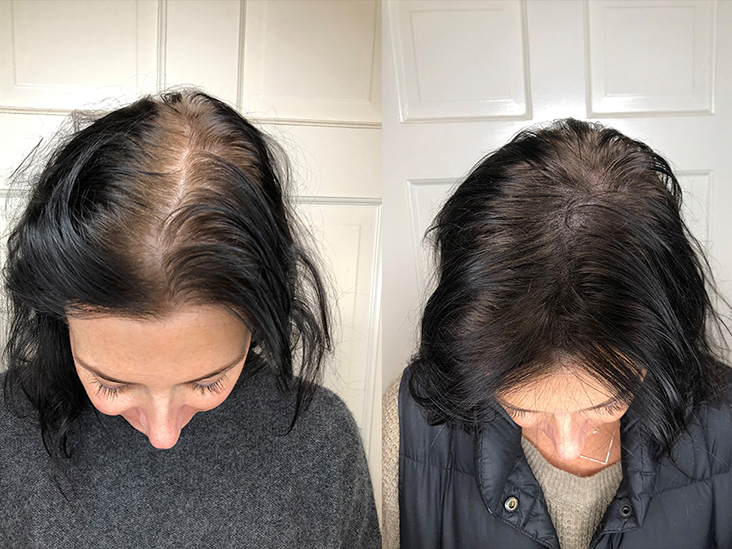I bet you already know that there are so many hair types but you are unsure of the type of hair you have. This piece would solve the mystery for you. It would uncover the different types of hair and how to identify them making it easier to determine your hair type without stress. Most times, hair types are not discussed because no matter the individual’s hair type, there are certain things she must do to take good care of her hair.
There are different hair typing systems such as LIOS, Andre Walker Hair typing system and FIA’s hair typing system. Of all the typing systems, Andre Walker’s tying system is the most popular and commonly used. Note that this does not imply that her typing system is the best. This article would touch the different hair typing systems
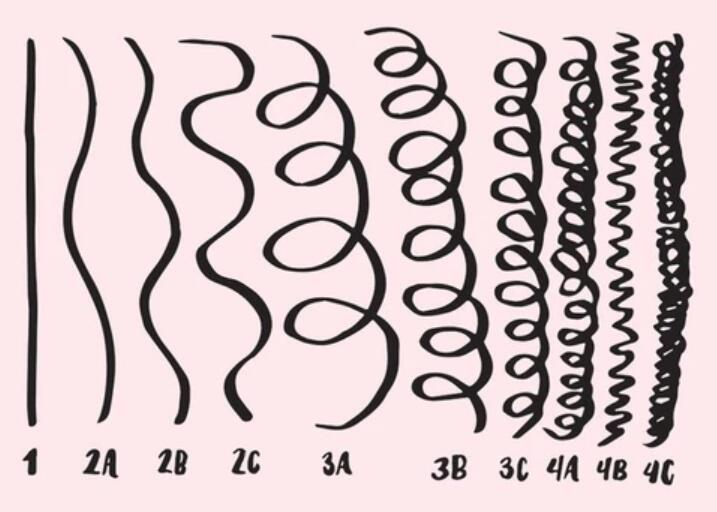
• Andre Walker Hair Typing System
In his book titled “Andre Talks Hair”, Andre established his hair typing system. She defined four hair types:
Type 1: Straight hair
Generally, Type 1 hairs are straight in nature. Andre further classifies them into three segments:
Type1A – the straight hair type that is very thin, fine and very soft. Its shine is also very noticeable.
Type 1B – this type of straight hair has a medium texture. It also has more volume than type 1A
Type 1C – this straight hair resists curly styling. It also has a coarse feel as compared to types 1A and B.
Type 2: The wavy Hair
Type 2 hairs are moderate in oil content. They are not too oily and not very dry. They are in between the Type 1 and Type 3.
The categories include:
Type 2A: This wavy hair is not just thin but fine. It accepts any styling – you can easily curl or straighten it.
Type 2B: The waves of this hair type assumes the shape of the head and sit that a well-fitted crown.
Type 2C: This wavy hair is coarse and tends to frizz easily.
Type 3: The curly hair
Type 3 hair is curly and the hair texture is a clear “S” shaped curl pattern. It is also noticeable in this hair type that it doesn’t shine as the Type 2 or Type 2 hairs. It has its categories as:
Type 3A – This curly hair is shiny and loose.
Type 3B – The amount of curl it has is at a moderate level ranging from bouncy ringlets to tight corkscrews.
Type 3C – This curly hair has tight coils or curls that look like the corkscrews.
Type 4: The Kinky hair
This is a full tightly curled hair otherwise known as kinky. It is extremely curled and fragile. Most times, kinky looks coarse but the truth is that it is strands of fine hair densely packed together. This is the type of hair commonly found in African Americans’ hair. It is further classified as:
Type 4A- this kinky has full tight coils. When you stretch it, it has a visible “S” pattern just like type 3 curly hair.
Type 4B – this kinky does not have a well-defined pattern like Type 4A. The face appearance is like the letter “Z”. That has sharp angles at its bends.
• The LIOS Hair Typing System
It wouldn’t be a falsehood if you say that LIOS Hair Typing System is dying slowly even though many naturals advocate for it more than the popular Andre Walker Hair Typing System.
The LIOS hair typing system is used by many because of its simplicity.
This hair typing system defined hair using these three attributes
1. Hair pattern
2. Hair strand size
3. Hair texture
Hair pattern
The pattern of the hair is defined by the letters LOIS:
L – You are said to be pattern “L” if your hair has so many right angles and bends almost without a curve.
O – You are said to be pattern “O” if the coils or curls on your hair are very significant and look like the letter “O”.
I – If there is no visible curves or bends on your hair and the hair lies flat on your head, you are a pattern “I”.
S – Those with pattern “S” have their hair strands as “S” shapes waves or curls.
Note that it is possible for one to have more than one LOIS hair pattern. In this case, you can combine the LOIS letters that define your hair to determine the hair pattern.
Hair Strand Sizes
This means identifying the size of your hair strand using a strand of thread. It is classified as:
Thin hair strand – when your strand is smaller than a piece of sewing thread
Medium hair strand – When your strand is the size of the piece of sewing thread
Thick hair strand – when the strand of your hair is larger than the piece of the sewing thread.
Hair texture
The hair texture can be any of the following:
Thready – This has a bright shine but with a low sheen. This hair texture easily gets wet and doesn’t frizz easily.
Wiry – This texture has a glossy appearance but little shine. It is difficult for the hair to get fully wet.
Cottony – This texture frizz easily. it has a low sheen and shines brightly.
Silky – This also has a low sheen but with a bright high shine. It gets wet easily.
Spongy – this hair texture has a high sheen but a low shine. It absorbs water easily just like a sponge.
Note that to accurately depict your LIOS hair type, you must wash your hair thoroughly to ensure that no hair products are left on the hair. Alternatively, you can remove a strand from your hair, wash and rinse it in cold water. Allow it to dry without touching it and get your LOIS hair type with it.
• Fia’s Hair Typing System
This typing system seems to spread through Andre Walker Typing system and incorporates some of the LOIS Hair Typing system as well.
FIA’s Hair Typing system is classified into three
1. Curls definition – this is the same as in Andre Walker system’s Types 1 – 4.
2. The general appearance of most of the hair stands – this is similar to the hair strand sizes in the LOIS. The difference is the terminology.
3. The volume of the hair – this checks the volume of the hair. To test this, tie your hair in a ponytail and measure the circumference using a soft tape.
If the circumference is less than 2 inches, you have a thin volume
Circumference between 2 – 4 inches depicts a normal volume
Circumference greater than 4 inches has a thick volume.
With the above information, it would be a piece of cake to figure out your hair type using any of the given typing systems.




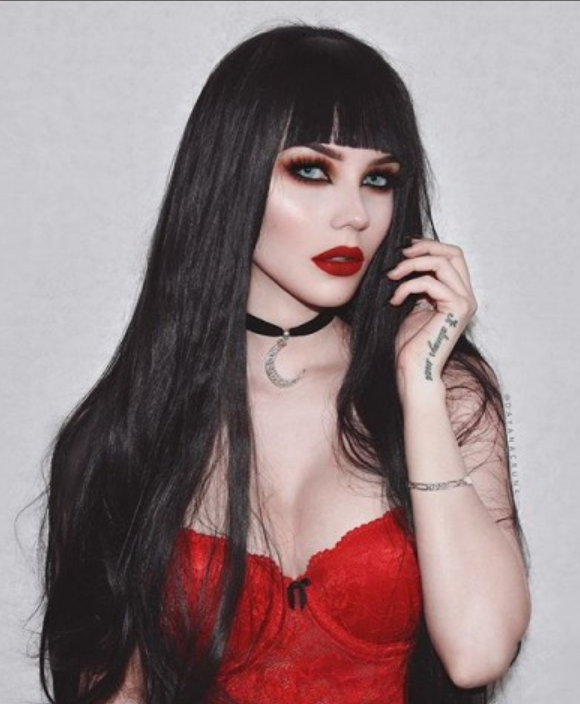



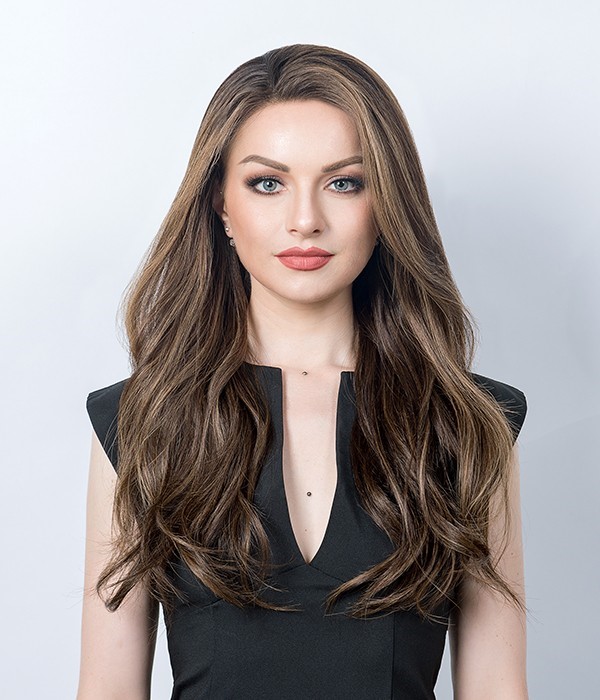

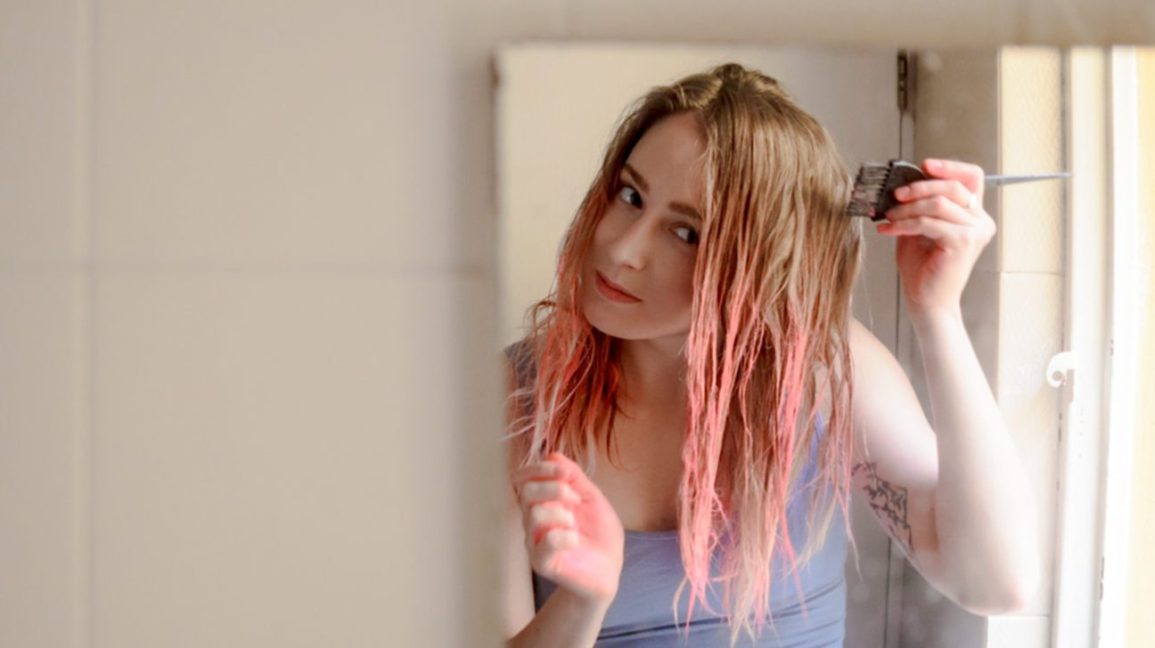
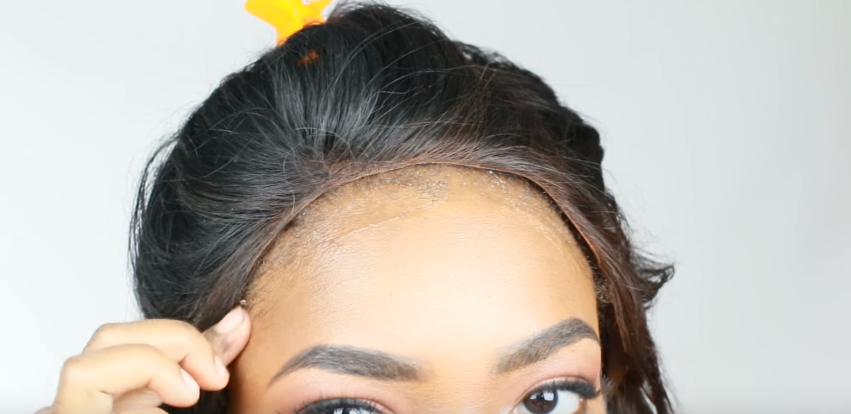

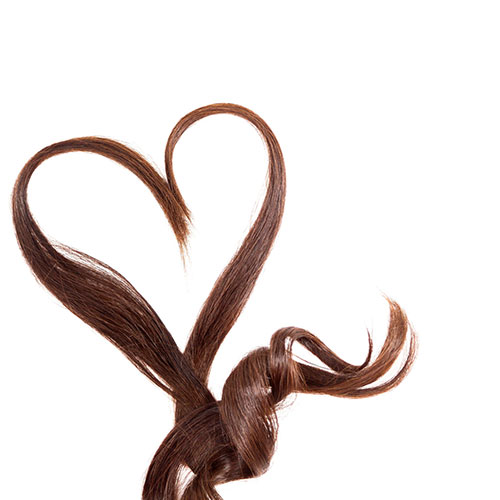
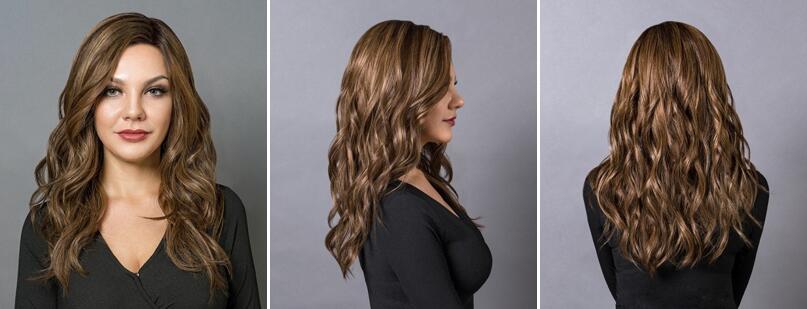
 The hair is made from entirely remy human hair that can be heat styled any way you like. It offers limitless styling possibilities where you can curl and straighten it with heat just like your own hair. Perfection is perfect for everyday wear. Wear Perfection casually or dress Perfection up for an event.
The hair is made from entirely remy human hair that can be heat styled any way you like. It offers limitless styling possibilities where you can curl and straighten it with heat just like your own hair. Perfection is perfect for everyday wear. Wear Perfection casually or dress Perfection up for an event.